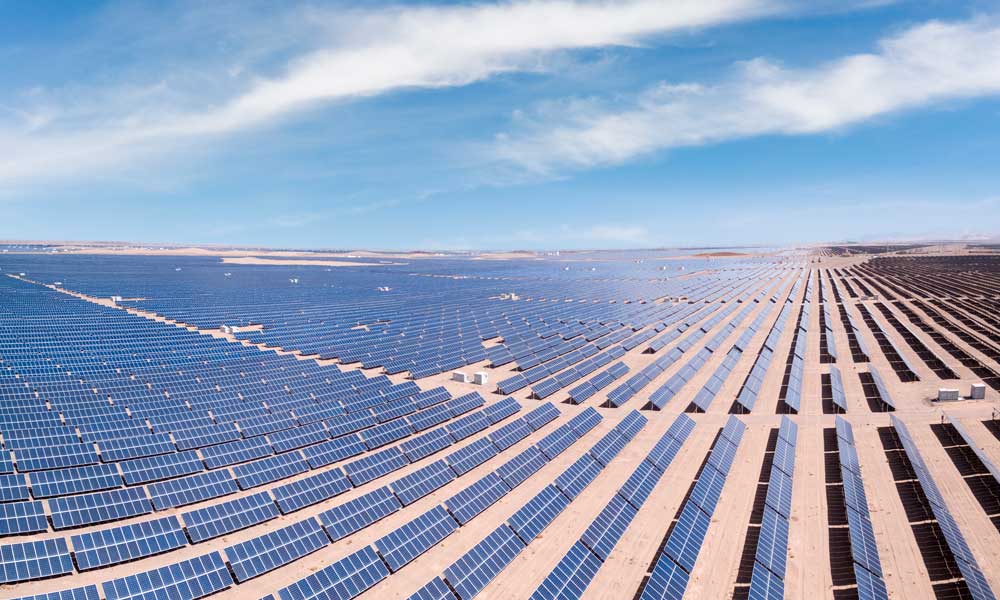

Solar energy is one of the renewable markets with a higher expansion rate along the last years. Market competitiveness and operational profitability increase due to OPEX reduction is one of the key drivers. This fact along with the current renewable energy policies promoted by the different governments has contributed to sun-powered generation sector (solar technology, photovoltaic and solar thermal) has experimented a considerable increase, growing in number of installations and in total installed power all over the world.
Due to solar plants design characteristics there is a strong wind gust sensitivity and vulnerability. Severe wind events could cause significant structural damages in solar plants. The main reason is that solar panels have a flat shape, which happens to be optimal position to capture solar radiation. On the other side, this position exposes the structure to the action of the wind strength.
For this reason, companies in this sector are starting to consider wind trends in their structure design phase. It is important to understand the maximum historical wind gusts in the project location and calculate the return period of this wind phenomena. The generation o analysis of these historical wind datasets allows a more efficient design of the solar plants as well as its panel holding structures.
At Meteosim we are aware of the importance that having local a wind gust information (historical and/or future) over project location is a relevant and valuable information for plant design and operation phases. In this sense we have developed different services and specific meteorological products for this sector needs:
- Historical wind datasets (30 year-period) providing wind-gusts and return periods analysis at plant exact location. The data is generated through high-resolution meteorological models with global capacity. Data can be also validated using with local weather-station datasets.
- Meteorological expert reports for weather-caused damage evaluations. We’ve developed an advance methodology to determine the occurrence and intensity of severe wind gust events or extraordinary phenomena (twister, downburst,…) that might have caused damages over a solar plant. This modelling approach is a key value when there is no local physical evidence (weather stations) to support potential damage claims to third parties.
- Meteorological alert forecasting systems capable to predict future severe meteorological conditions. Using numerical early-warning systems operators can prevent or minimize potential damages caused by wind severe events through the activation of structural defensive position mechanisms.


